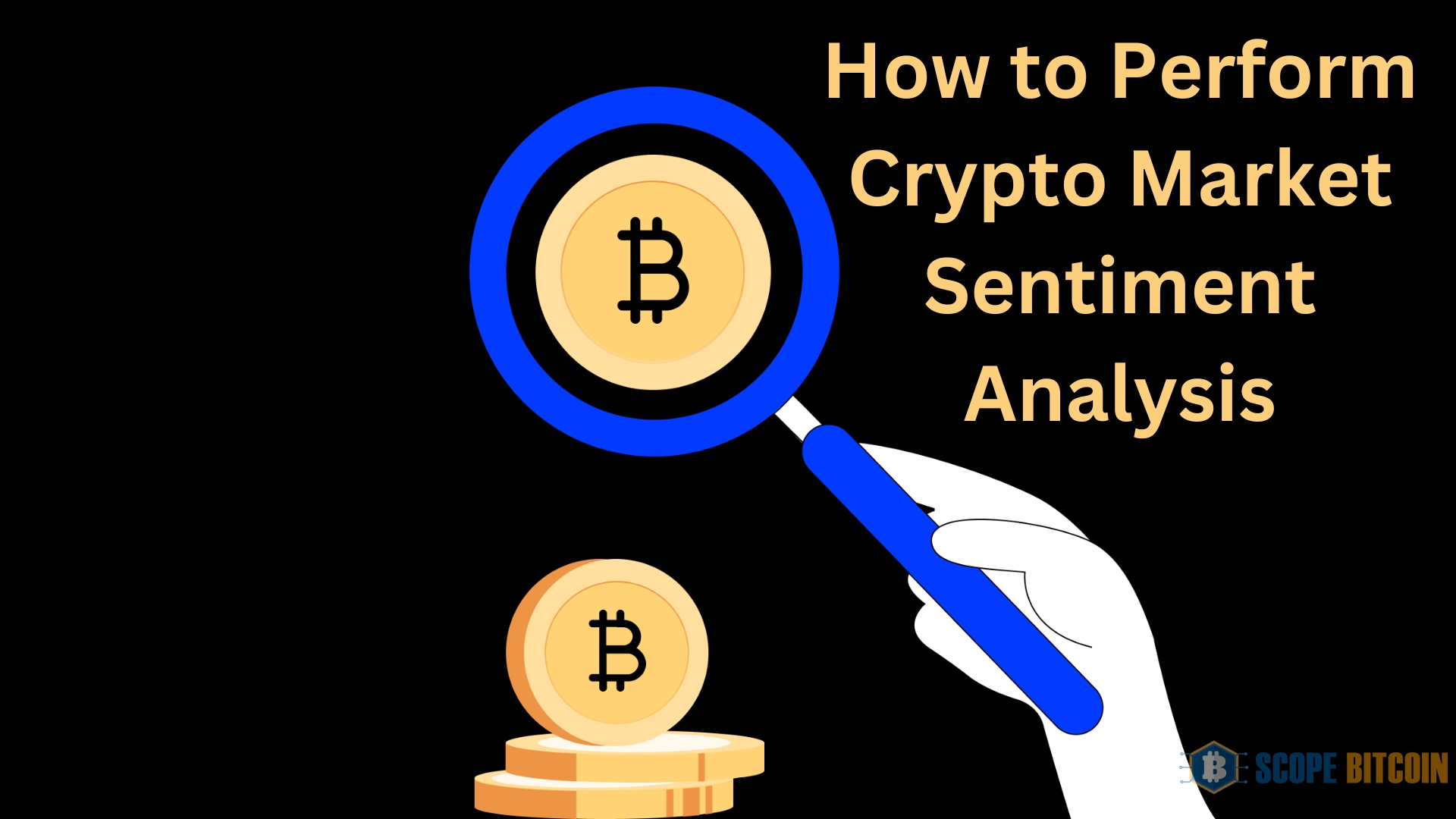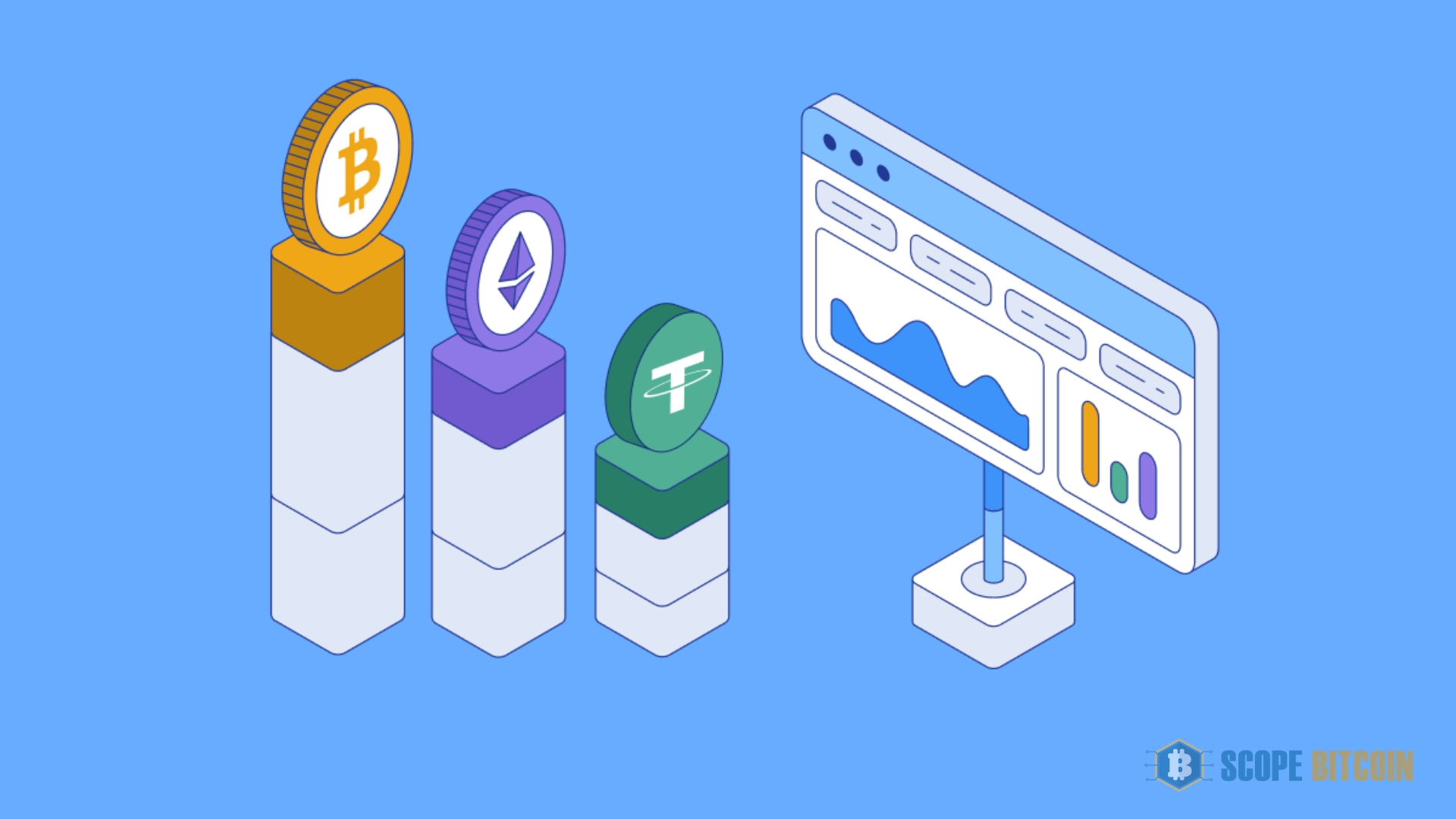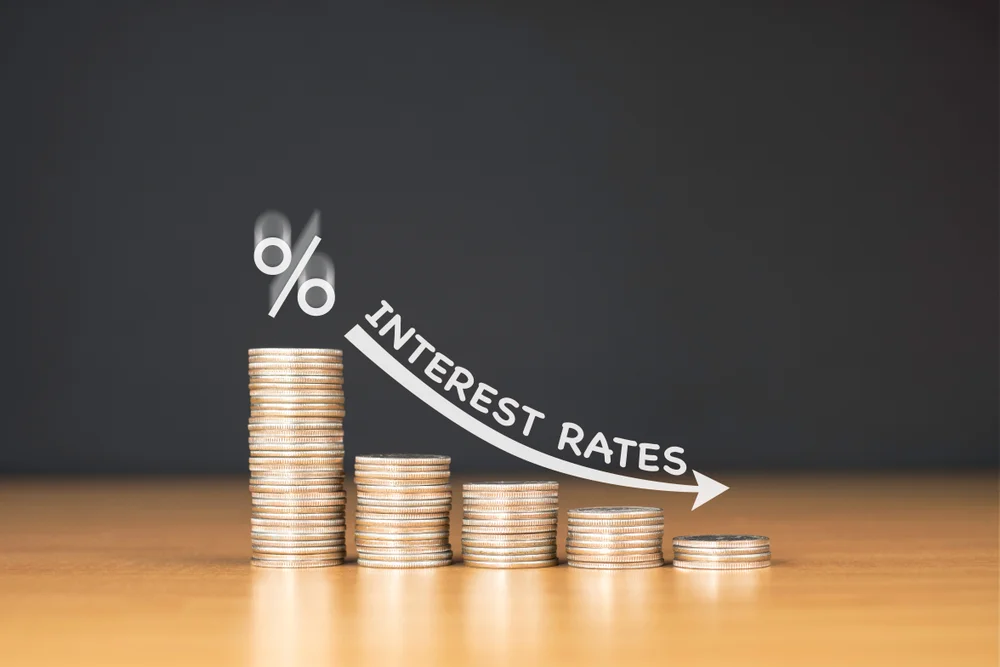
Crypto Market Sentiment Analysis Unveiling the Potential
When dealing with cryptocurrency, it is crucial to understand the market sentiment, also known as the sentiment of crypto investors. This sentiment reveals the consensus among crypto enthusiasts regarding the state of the market. Cryptocurrency prices are affected by this emotion since it influences the number of people wanting to purchase or sell. Therefore, you must monitor the market mood to make good crypto market decisions.
Investors can learn about the consensus on a particular cryptocurrency’s value by monitoring market sentiment. This information can then be used to generate price forecasts. “Bullish sentiment” describes an attitude toward rising prices, and “bearish sentiment” describes an attitude toward falling prices. When used in conjunction with other forms of analysis, market mood indicators can help you timing your entries and exits more precisely.
Crypto Market Sentiment
Understanding the market’s mood is crucial for anyone engaging in technical analysis or day trading cryptocurrency. Sentiment heavily influences the short-term volatility of cryptocurrency prices. To get the most out of your investments, you need to keep an eye on how other market players feel and act quickly based on this data.
Like any other asset, cryptocurrency prices are affected by the fundamental economic laws of supply and demand. If you’re a crypto trader, adding crypto market sentiment analysis to your toolbox can yield significant insights, whether you lean toward fundamental analysis.
Positive Crypto Market Sentiment Analysis doesn’t guarantee market growth, either, so keep that in mind. A bullish trend or price drop sometimes follows a robust and positive market sentiment. The fundamentals and investor mood don’t necessarily line up.
There was a lot of positive social media talk around Dogecoin, which caused its value to skyrocket. Many people put their money into Doge without really understanding the coin or its goals just because of the good buzz it was getting on social media. It’s important to remember that influential figures in the cryptocurrency business, such as Elon Musk, can significantly affect the market with just one tweet.
How to Perform Crypto Market Sentiment Analysis
Getting a feel for the market mood starts with polling the crypto community for their thoughts, feelings, and suggestions. There should be additional considerations besides market sentiment analysis, which is still useful. Instead, make sense of what you learn by combining it with what you already know.
The best way to find out how people in the community and potential investors view a project is to look into it on social media. Join official forums, Discord servers, or Telegram groups to interact with the project staff and other community members. Nevertheless, be wary of basing your opinion on a single source.
However, online communities are only the tip of the iceberg. A complete picture of market sentiment can be obtained in several ways. In addition to monitoring social media (particularly Twitter, which is popular among crypto fans), you might want to think about the following:
- Utilize data collection tools to track mentions on social media.
- Stay informed about the latest developments in the industry by visiting news websites and blogs.
- Set up alerts or monitor significant transactions made by cryptocurrency whales. Some investors closely follow these movements, as they can influence market sentiment. You can find free whale alert bots on Telegram and Twitter.
- Make use of CoinMarketCap to access market sentiment indicators and pricing signals. These indices analyze data from various sources and concisely overview the current market sentiment.
- Use Google Trends to measure the level of interest in a cryptocurrency. For example, a high search volume for phrases like “How to sell crypto” may indicate negative market sentiment.
Cryptocurrency Sentiment Index Explained
The Bitcoin sentiment index is one way to gauge public opinion on the economy and the market. These indicators, which use statistics or visual representations based on market psychology, assist us in anticipating how present feelings and positions can affect future market movements.
Market participants’ emotional states can have a significant impact on their investing decisions in the future. Sentiment measures like the fear and greed index can help us understand this. Surprisingly, high or low sentiment indicators can cause investors to act contradictory.
Whether investors will act out of greed or fear is the goal of a sentiment index. Several things can impact it, such as market volatility, momentum, investor survey responses, data from Google Trends, demand for riskier assets like junk bonds, and more. When the market is afraid, it’s usually a good sign to buy (assuming you pick the correct asset), and when it’s greedy, it might be a good hint to sell.
Analyzing Social Media and Communities in Crypto Market Sentiment
Examining the online communities and social media platforms associated with a particular cryptocurrency is an important part of performing crypto market sentiment research. Reddit, Twitter, Discord Channels, and Telegram are places where many fans congregate to talk about this. This matters because the opinions and behaviour of these followers, particularly when participating in these online forums, can greatly affect the price changes of a cryptocurrency.
During your community and social media research, you want to discover whether there is any excitement or worry about a certain cryptocurrency. You are interested in seeing how the members of these online groups, traders and investors, respond to news stories and use this information to make educated decisions. Bullish emotion is typically indicated by an abundance of optimistic conversation and excitement, whereas the inverse shows a more pessimistic view.
Whale Monitoring in Crypto
“whale monitoring” involves monitoring and alerting any blockchain for large Bitcoin transactions. This allows us to understand the current mood in the crypto market by providing insight into the behaviour of key participants in the crypto field.
Retail activity tends to level off while the cryptocurrency market rises during a bull market. Nevertheless, large-scale holders, commonly called “crypto whales,” ramp up their activity. Everyone agrees that anyone or any entity with more than 1,000 Bitcoins is a crypto whale, even though the term has no official meaning. Because altcoin markets are typically smaller, this difference is more pronounced for them. Although whales’ market caps are very small, they can affect the values of cryptocurrencies, particularly altcoins. Consequently, knowing how to spot their trading actions is vital.
Key Indicators for Analyzing Market Sentiment
Market sentiment analysis is very important when comprehending the path a Bitcoin coin or token will take. It is important to take into consideration the following crucial signs while doing a study of the Crypto Market Sentiment Analysis to obtain an accurate pulse on the market:
Technical Analysis
Technical analysis attempts to forecast a cryptocurrency’s short-term fluctuations by analyzing its historical prices and trading volumes. It believes that trading patterns are characterized by recognizable trends that tend to occur repeatedly. Moving averages, Bollinger bands, and Elliot Wave patterns are common equipment used in technical analysis.
Fundamental Analysis
Fundamental analysts’ overarching goal is to ascertain the worth of a cryptocurrency. To determine whether an asset is overvalued or undervalued, they investigate several aspects, including the team working on the project, the technology’s practical uses, adoption rates, case studies, and financial data.
Fear & Greed Index
The Fear and Greed Index is a global market mood indicator in traditional stock markets that measures investor emotion. To determine whether investors behave fearfully or greedily, it assigns a numerical number ranging from 0 (extreme fear) to 100 (extreme greed).
The Bitcoin Fear & Greed Index, specifically designed for the cryptocurrency market, utilizes six different indicators. These indicators include market momentum, social media, surveys, Bitcoin dominance, and Google Trends.
Bull & Bear Index
The Bull & Bear Index (BBI) is a trustworthy indicator of Bitcoin sentiment through social media indicators. It measures crowd psychology by analyzing data from Bitcoin Forum, Reddit, Twitter, and digital asset market movements. Augmento, an artificial intelligence effort, developed it.
Artificial intelligence helps it evaluate 93 different feelings. A BBI value of zero indicates that the market is in an extremely bearish state, while a reading of one suggests that it is in an extremely bullish state.
Market Capitalization Indicators in Simple Terms
In cryptocurrencies, the term “market capitalization” refers to the total value of a cryptocurrency traded on the market. It is a valuable indicator that can provide insights into the market sentiment. For instance, if the market capitalization consistently grows, it frequently indicates that the market is in a positive mood. Market capitalization (also known as “market cap”) is an essential metric in the world of cryptocurrencies, and it offers several advantages:
- Asset Valuation: A quick and simple method for determining a cryptocurrency’s entire value is to look at its market capitalization. This is determined by multiplying the current price of a coin or token by the total supply of that coin or token currently in circulation. Investors and analysts can use this valuation to evaluate a cryptocurrency’s size and relevance in the larger market.
- Comparative Analysis: Market cap allows for straightforward comparisons between different cryptocurrencies. By looking at the market cap of multiple digital assets, investors can quickly identify the relative sizes and standings of these assets within the crypto market. This aids in decision-making when constructing a diverse portfolio.
- Investor Confidence: A cryptocurrency with a large market cap is considered more stable and less manipulable. Higher market cap values can boost investor confidence, adoption, liquidity, and institutional investor and trader interest.
- Liquidity and Trading: Cryptocurrencies with larger market caps tend to have higher liquidity. Liquidity refers to how easily an asset can be bought or sold without significantly impacting its price. High liquidity benefits traders, allowing for more efficient and cost-effective trading.
- Market Sentiment Indicator: Market cap changes can signal market sentiment shifts. When a cryptocurrency’s market cap experiences significant growth, it often indicates positive sentiment, potentially attracting more investors. Conversely, a declining market cap can suggest waning interest or negative sentiment.
Conclusion
Investors, analysts, and crypto enthusiasts can benefit from monitoring market capitalization, a key indicator in cryptocurrency. It helps you easily compare different digital assets and is a fast and trustworthy approach to evaluating a cryptocurrency’s worth and importance.
An indication of market sentiment, a measure of liquidity, and a source of investor confidence are all functions of market capitalization. You need to learn about and use market capitalization to make smart judgments in the Bitcoin market.










